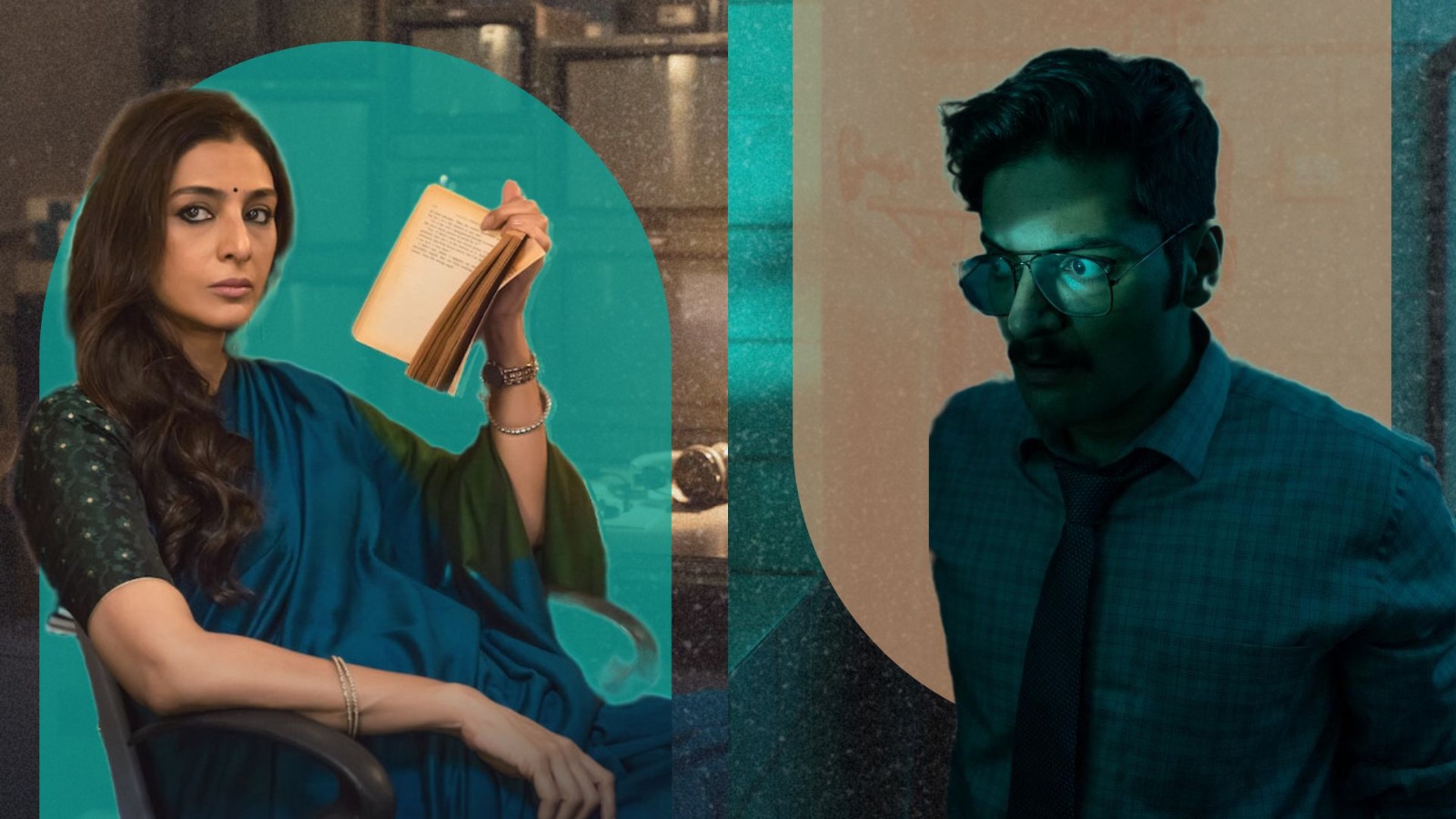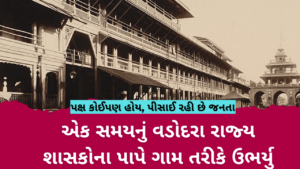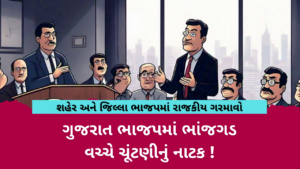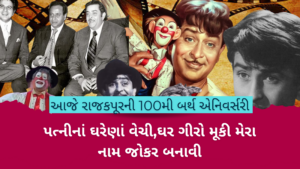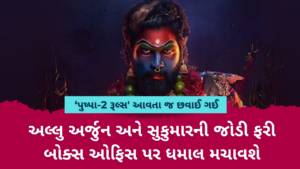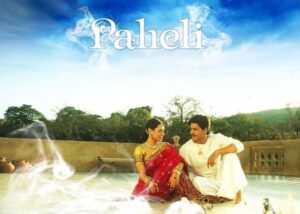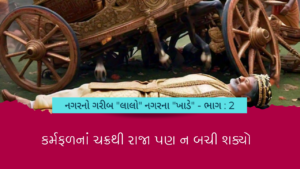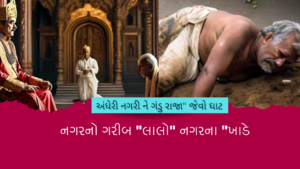— An Article by Poojan Patel
Dir. Vishal Bhardwaj
Writers: Vishal Bhardwaj and Rohan Narulla.
Cast: Tabu, Ali Fazal, Wamiqa Gabbi, Ashish Vidyarthi, Atul Kulkarni, Navnindra Behl, Shataf Figar, Azmeri Haque Badhon, Lalit Parimoo, Rahul Vohra, Disney James
Duration: 2 hrs 37 mins.
Khufiya is a thread of interesting plotlines that is not woven into a well-made fabric.
Khufiya takes its inspiration from the 2012 novel “Escape to Nowhere” penned by Amar Bhushan, the erstwhile head of the counter-espionage unit at Research and Analysis Wing (R&AW), India’s external intelligence agency. The narrative in the book is a fictionalized portrayal of the Rabinder Singh case, a former R&AW operative suspected of working as a mole for the CIA. In 2004, Singh managed to elude his superiors in Delhi despite being under close surveillance.
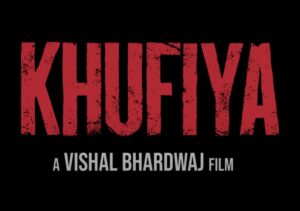 The film stars Tabu as Krishna Mehra, a senior R&AW operative who is assigned to track down a mole within the agency that is selling India’s defense secrets. Ali Fazal co-stars as Ravi Kumar Mohan, a fellow R&AW agent who is suspected of being the mole. Khufiya is set in the early 2000s, just after the Kargil War. The film follows Krishna Mehra as she navigates the dangerous world of espionage, while also grappling with her dual identity as a spy and a lover.
The film stars Tabu as Krishna Mehra, a senior R&AW operative who is assigned to track down a mole within the agency that is selling India’s defense secrets. Ali Fazal co-stars as Ravi Kumar Mohan, a fellow R&AW agent who is suspected of being the mole. Khufiya is set in the early 2000s, just after the Kargil War. The film follows Krishna Mehra as she navigates the dangerous world of espionage, while also grappling with her dual identity as a spy and a lover.
Khufiya is a spy thriller with a strong female lead. Tabu delivers a nuanced and powerful performance as Krishna Mehra, a woman who is both ruthless and vulnerable. Bhardwaj’s direction is assured, and he creates a suspenseful and atmospheric world.
The film is also notable for its realistic portrayal of the world of espionage. Khufiya is not a glamorous or over-the-top spy film. Instead, it focuses on the gritty and often mundane reality of the job.
In the latter part of the movie, there’s a noticeable decline as the focus shifts to Mohan and his family taking refuge in a snowy South Dakota, enduring the prolonged waiting game intrinsic to a spy’s existence. Although there are moments where the imminent threat and potential peril are intertwined with tense humor or affectionate scenes, such as a dinner scene filled with suspicion and a charged interaction between KM and her fervent operative, these instances only moderately elevate the narrative. The film struggles to maintain consistent engagement, with Tabu’s absence felt keenly; more screen time for her, along with a return to the compelling older Bhardwaj, could have enhanced the overall impact.
However, Khufiya is not without its flaws. The film’s pacing is slow at times, and the plot can be convoluted at times. Additionally, the film’s ending is somewhat unsatisfying.
The cinematography in Khufiya is excellent. Bhardwaj’s cinematographer, Pankaj Kumar, creates a visually stunning film, with rich colors and atmospheric compositions. The film’s use of light and shadow is particularly effective, creating a sense of suspense and mystery.
The film’s sound design is enhanced by its emotive music, and Farhad Ahmed Dehlvi’s cinematography offers a visually delightful experience, meticulously perfecting each frame. “Khufiya” stands out in Bollywood’s spy genre by eschewing the typically exaggerated heroics, opting instead to immerse itself in the gritty realism of espionage operations and the complex interplay of power dynamics.
Spies:
 Khufiya revolves around Krishna Mehra (Tabu), an officer of the Research and Analysis Wing (RAW), a workaholic, who set out to avenge her lover who was killed because of an in-house mole.
Khufiya revolves around Krishna Mehra (Tabu), an officer of the Research and Analysis Wing (RAW), a workaholic, who set out to avenge her lover who was killed because of an in-house mole.
She and her team pursue Ravi Mohan (Ali Fazal) by surveilling at first his office and later his home to catch a mystery puppeteer who is supposed to be the operator of all the organized chaos.
We later shift to the story of Ravi and his family as we also see them through the surveillance cameras set up by KM. Ravi is a double agent under the guise of a family man- perfect husband, father, and son. The film then also delves into the life of Charu (Wamiqa Gabbi) a homemaker whose life is going to be changed by her husband’s actions.
There is a lot going on all at once but nothing happens, We are kept waiting for the great climax but it does not deliver like it promises just like my ex.
Themes:
 The film Khufiya explores the meaning of patriotism and the different ways that people can express it. It also examines the potential dangers of patriotism when it is taken to extremes.
The film Khufiya explores the meaning of patriotism and the different ways that people can express it. It also examines the potential dangers of patriotism when it is taken to extremes.
In the film, the protagonist, Krishna Mehra, is a patriotic Indian spy who is willing to sacrifice everything for her country. However, the film also shows the dark side of patriotism. The antagonist, Ravi Kumar Mohan, is a traitor who is working against India for his own personal gain. He believes that he is justified in his actions because he is trying to make India a better place. The film portrays the pseudo side of patriotism on Ravi Mohan’s part and greed on his mother’s part.
The film also tries to explore a single workaholic mother through a lens that is supposed to be empowering but fails miserably. The homemaker and working woman in the film are shown poles apart. Tabu’s character is somewhat detached from her family and Gabbi’s character is very much family oriented and it puts the image of working women in a bad space.
Characters:
The entwining narratives of characters leading double or even triple lives across borders offer a distinctive vantage point, especially when exploring the depiction of a Bangladeshi operative. The intricate dynamics between KM’s former spouse, Atul Kulkarni, Ravi Mohan, and his elderly mother, alongside Mohan’s wife Charu, contribute profound emotional layers to the narrative. Nevertheless, the synergy between Fazal and Gabbi lacks resonance, and the emotional nuances within Khufiya remain untapped and underdeveloped.
Vishal Bhardwaj is a versatile filmmaker who is not afraid to experiment with different genres and narrative styles. He has made Shakespearean adaptations, crime dramas, pitch-dark comedies, politico-romantic period sagas, acutely tangential allegories, and even children’s films. In other words, he is not limited by traditional narrative forms.

